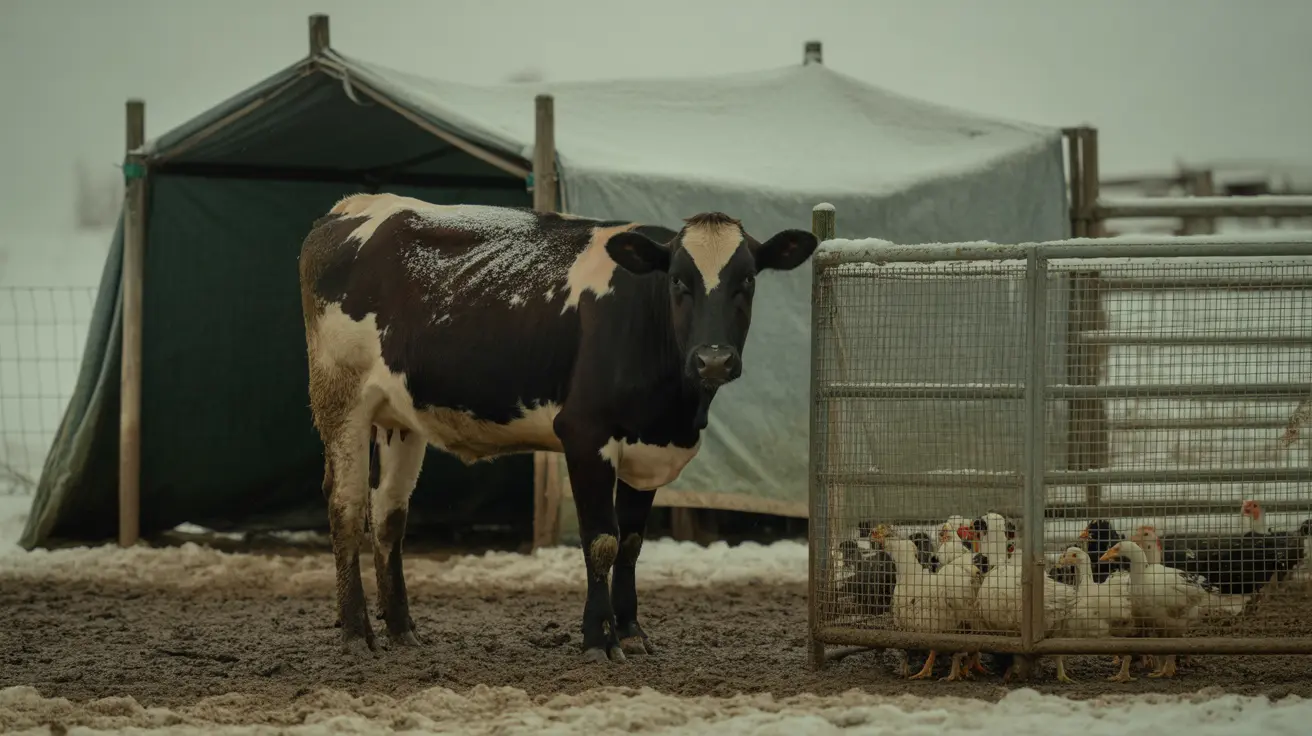The Deadly Danger: What Is the Most Toxic Thing a Cat Can Eat?
As much as we love our feline friends, keeping them safe means being aware of common household items and foods that pose serious health risks. Cats are notorious for nibbling on plants or leftovers, often leading to grave consequences. Among the various toxic substances, one silent killer stands out as the most dangerous: lilies.
Why Lilies Are So Dangerous
Lilies, particularly those from the Lilium or Hemerocallis genera (like Easter lilies, tiger lilies, day lilies, and Asiatic lilies), are highly toxic to cats. What makes them especially dangerous is how little exposure it takes to cause harm—even ingesting a small nibble of a petal, leaf, pollen, or even licking water from a vase can lead to fatal outcomes.
Symptoms of Lily Poisoning in Cats
If your cat has come into contact with a lily, it’s vital to recognize symptoms as early as possible. Immediate veterinary attention is critical.
- Vomiting
- Lethargy
- Loss of appetite
- Dehydration
- Frequent urination followed by a sudden stop in urination
- Seizures or tremors in severe cases
Timeline of Toxicity
The toxic effects of lilies appear quickly—within 6 to 12 hours of ingestion. As toxicity sets in, acute kidney failure often occurs within 24 to 72 hours. If untreated, it can result in permanent kidney damage or death.
Other Highly Toxic Foods and Substances for Cats
While lilies top the list, cat owners should be vigilant around other harmful substances:
- Onions and Garlic – Lead to anemia and gastrointestinal damage.
- Chocolate – Contains theobromine, which causes heart and nervous system issues.
- Alcohol – Affects the brain and liver, even in small doses.
- Grapes and Raisins – Can cause kidney failure in some cats.
- Xylitol – An artificial sweetener that induces insulin spikes and liver failure.
Preventive Measures
Cats are curious by nature, making it difficult to control everything they may ingest. Here are a few safety strategies:
- Keep lilies out of your home completely. Even bouquets can be hazardous.
- Check plant toxicity before bringing any greenery indoors.
- Ensure secure storage of human food and kitchen waste.
- Read labels carefully when using cleaning or personal care products.
- Educate caregivers and visitors about these risks.
What to Do If Your Cat Eats Something Toxic
If you suspect your cat has ingested any potentially toxic substance:
- Contact your veterinarian immediately or call an animal poison control center.
- Do not wait for symptoms to develop—it may be too late.
- If possible, bring a sample of the plant or substance for identification.
- Follow the vet’s advice and seek emergency help without delay.
In Summary
The most toxic thing a cat can eat is lilies. Whether indoors or in floral arrangements, preventing access to these flowers could save your cat's life. As a responsible pet owner, understanding and eliminating these risks should be a top priority to ensure your feline friend lives a long and healthy life.





